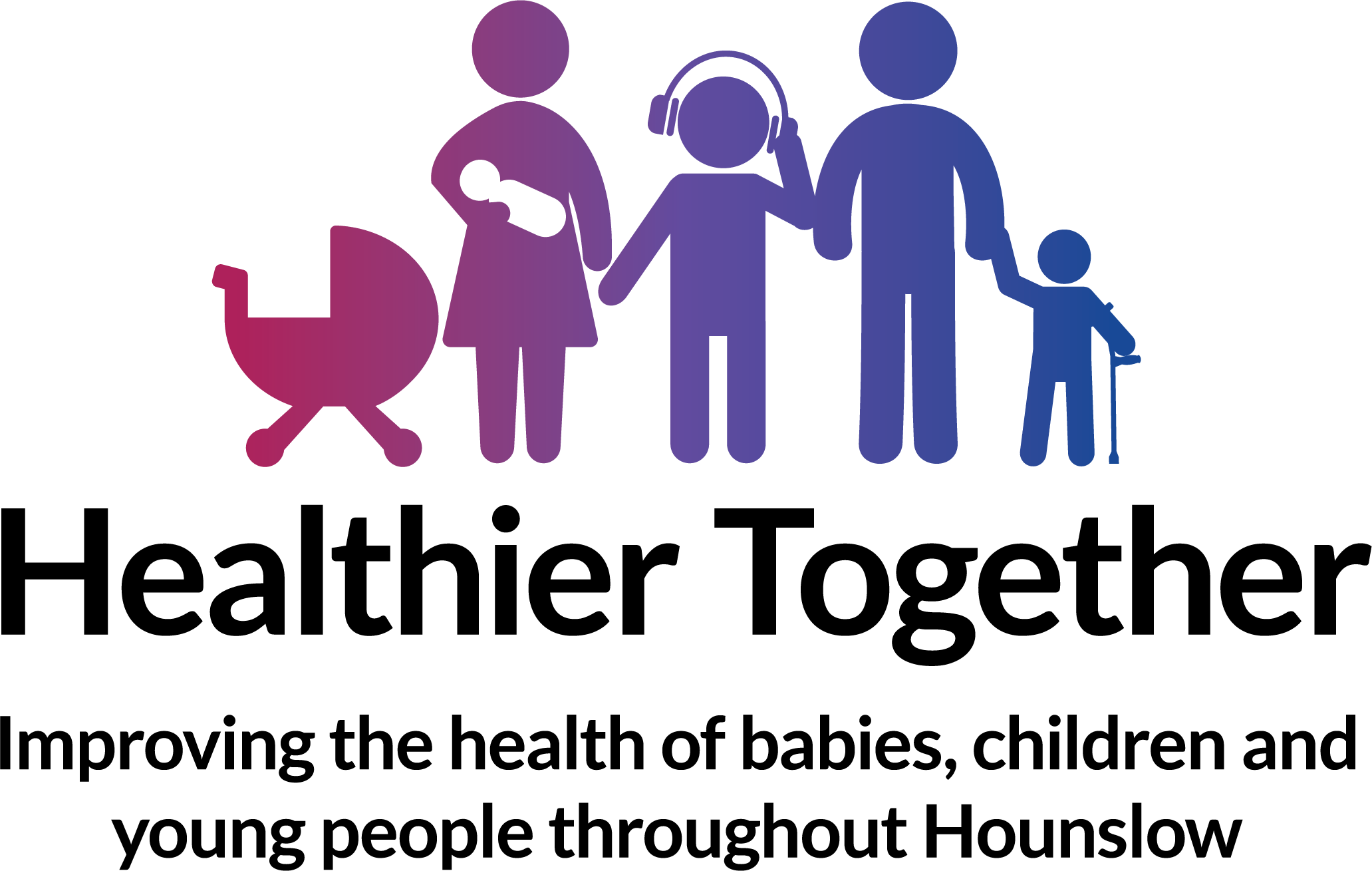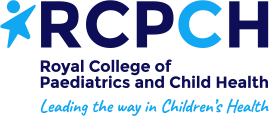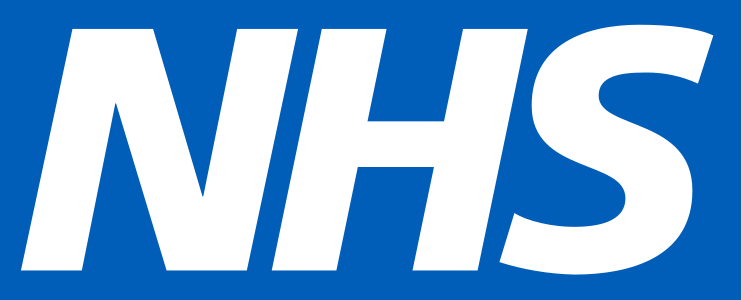What is an acute exacerbation of asthma?
A worsening of your child’s asthma caused by exposure to one of their triggers. These vary between children but the most common ones are coughs and colds, cold weather, cigarette smoke, pet fur or feathers and pollen.
If your child’s asthma suddenly gets worse (asthma attack), they will need urgent treatment. Signs of an asthma attack include:
- Being very wheezy
- Coughing
- Having a tight chest
- Finding it hard to breathe
- Being too breathless to talk or walk
- Sometimes there is no obvious cause for your child’s asthma attack. The most common triggers are viral infections (coughs, colds, and chest infections), emotional anxiety, and exposure to airway irritants such as cigarette smoke.
What should I do if my child is having an asthma attack?
1. Sit your child upright
2. Keep them calm and reassure them
3. Refer to your child’s action plan and follow the instructions.
A child asthma action plan will help you and your child to manage their asthma. If your child does not have one yet you can download a child asthma plan for free.
Asthma Action Plan
Keep this plan with you and take it every time you see the doctor or nurse at your GP surgery (or Hospital). This plan is for patients with asthma – your GP/doctor (or nurse) will fill it in and explain the different medicines to control your asthma. It will also show you how to recognise when the asthma or wheeze is getting worse and what to do about it. By taking steps early – acute attacks can usually be prevented.


